Roland Berger is a thought leader in environmental issues and the response demanded from organizations. Our publications cover all relevant areas.
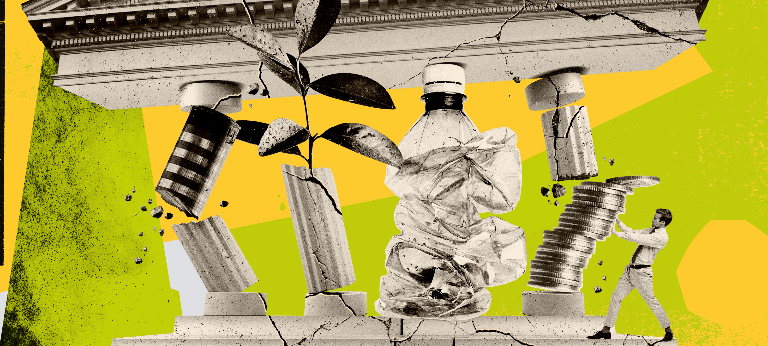

Think:Act Magazine “Sustainability”
Four key elements of a successful sustainability strategy

Think:Act Magazine
Why operating sustainably leads to more business success
by Geoff Poulton
collages by Klawe Rzeczy
photos by Getty Images
illustration by Stefan Mosebach
For significant periods of 2020, the coronavirus pandemic all but shut down major cogs in the world economy. Greenhouse gas (GHG) emissions for the year were expected to be approximately 8% lower than 2019 – the largest drop ever recorded. Yet to keep global temperature increases below 1.5°C – the point at which climate change could go from destructive to catastrophic – the UN says we'll need to hit this sort of reduction every year from now until 2030. It's a sobering thought. This could be a watershed year for global sustainability.
The climate emergency bears some resemblance to the coronavirus emergency: Both involve market failures, international cooperation, complex science and system resilience. Yet even though Covid-19 has much of the business world's immediate attention, the virus should not distract from more serious long-term issues. In early 2020, the World Economic Forum's Global Risk Report identified a number of threats to global prosperity over the next decade. The top five were environmental. Awareness has never been higher. Neither has the pressure on companies from governments, customers, investors and employees. It may trigger fears around competitiveness and profit margins, but operating sustainably is fast becoming sensible business. "When a company does it well, sustainability can drive operational efficiency, innovation, resilience, engagement and brand loyalty," says Tensie Whelan, director of NYU Stern School of Business's Center for Sustainable Business.
BlackRock says 88% of sustainable indexes outperformed non-sustainable counterparts in the first four months of 2020. Do we need to fundamentally reconsider the way we do business? Peter Bakker, president and CEO of the World Business Council for Sustainable Development, says it is time. "Ten years ago, sustainability was all about corporate social responsibility. For the last five years, it's been about how to integrate sustainability into core business strategies. The next five years are all about how we integrate it into capitalism."
100% of the top five threats to global prosperity identified by the World Economic Forum's 2020 Global Risk Report were environmental.
That won't be easy. Environmental sustainability covers an array of topics, from carbon emissions to biodiversity loss – it's difficult to prioritize and to maintain development while operating more responsibly. While the path forward may require sacrifice, it will also create opportunities. A collaboration between the UN, WWF and other NGOs, the Science Based Targets initiative (SBTi) helps companies reduce emissions. It says bold climate action could yield global economic gains of $26 trillion and create 65 million new jobs over the next 12 years: Change doesn't have to be a choice between our economy and environment. Establishing the right balance could be the hardest challenge humanity has ever faced. To solve the sustainability puzzle, businesses must get to grips with four key pieces: They have to understand their footprint, use that knowledge to adapt their operations, plan for long-term changes and communicate clearly and honestly to employees, customers and investors.
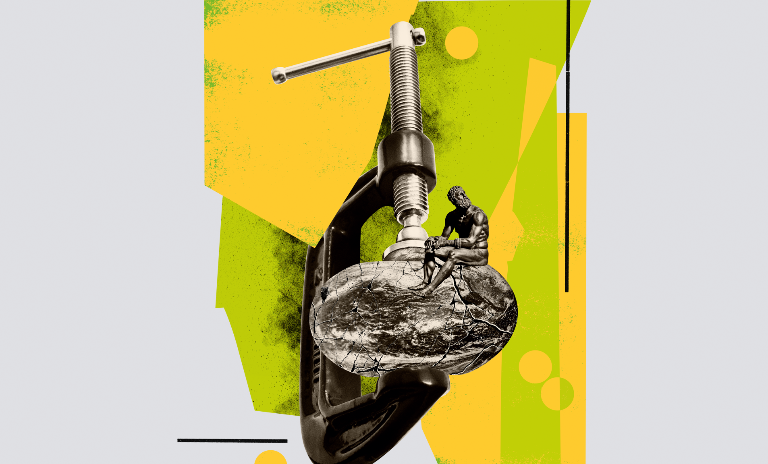
Measure your footprint
To understand what changes are needed, companies must grasp their environmental impact. Traditionally, that focused on a business' own operations. "But that only tells part of the story," explains Myles McCarthy, director at Carbon Trust, which works with businesses, governments and organizations around the world to lower their carbon emissions. "To properly address the issue, we need to look at emissions across the entire value chain to gain a more complete picture and to tackle areas responsible for the greatest emissions." Machine learning, the internet of things and smart meters now make it easier than ever for a company to accurately measure things like energy demand, carbon emissions and water or material use. Armed with this knowledge, they can set science-based targets for improvements. For climate change, that means targets that are in line with what the latest science says is necessary to meet the goals of the 2018 Paris Agreement: to limit global warming to 1.5°C – or 2.0°C at the absolute most – above pre-industrial levels.
But why 1.5°C? According to SBTi, that will mean businesses have more secure supply chains; healthier and safer workforces that are less exposed to extreme heat, water scarcity and food shortages; as well as more stable operations that are significantly less at risk of dramatic changes to their water supplies. To hit the 1.5°C target means drastically reducing greenhouse gas emissions which trap the heat warming our climate. Current scientific consensus states that society must be climate neutral, or at "net-zero emissions," by the middle of this century. Any GHGs still emitted at that point – a near certainty on the current trajectory – must be offset by measures to actively remove excess carbon from the atmosphere.
"There will never be one single metric that shows a company is or isn’t sustainable."
2020 saw companies outline their goals to go carbon neutral, from Amazon to Unilever. Some want to go further. Microsoft and Ikea say that by 2030 they aim to be carbon negative by removing more GHGs from the atmosphere than they emit. While climate change is perhaps the most pressing and well-understood aspect of environmental sustainability , it isn't the only one. There is a growing need to consider the damage to our planet's biodiversity: A recent WWF study emphasizes global populations of mammals, birds, fish, amphibians and reptiles plummeted 68% between 1970 and 2016. There are calls for science-based targets to mitigate these issues. Ioannis Ioannou, a sustainable business professor at London Business School, says companies must stay informed and flexible. "There will never be one single metric that shows a company is or isn't sustainable. Science evolves and targets may change."
Adapt your operations
Armed with greater knowledge and realistic targets, a business can begin to adapt its operations. Specifics will vary, but almost any company can quickly improve its sustainability credentials by using energy, water and raw materials more efficiently. Switch energy sourcing to renewables, consider phasing out petrol-powered vehicle fleets for electric, recycle as much as possible – most of the steps really are as obvious as they seem. One apparent hurdle may be cost. At a time when plenty of businesses are counting the cost of coronavirus , investing in the latest sustainable technology may not seem a priority. Tensie Whelan encourages companies to look beyond the upfront expense and consider the full life cycle cost. " Renewable energy is dropping in price all the time. As sustainability becomes a larger priority and demand for more environmentally friendly operations rises, equipment costs will fall. We may have carbon taxes. I think, and hope, that in the not-too-distant future, there will be stronger penalties on unsustainable performance."
In some ways, changing the infrastructure at your own shops, factories and offices is the easy part. But businesses must also consider the impact environmental change will have on their supply chains. Coronavirus has highlighted the fragility of the connected global economy. With climate change set to increase "the frequency, magnitude and scope of acute supply chain disruptions," according to a recent report by The Sustainability Consortium and HSBC, companies are well-advised to scrutinize their supply chains.
The Intergovernmental Panel on Climate Change says climate change will increase the impact and frequency of extreme weather events like storms, floods, heat waves and droughts as well as hastening sea level rise, water scarcity, loss of agricultural productivity and land degradation. If you think that sounds a long way off, 50°C temperatures in India can already shut down outdoor work for days at a time in northern India. Fertile soil is being lost at a rate of 24 billion tons a year.
Supply chain disruption can be a costly business. In 2011, severe floods in Thailand affected thousands of companies worldwide and caused insured losses of between $15 billion and $20 billion. The UN says productivity losses in the US connected to climate change-related workplace disruption could top $2 trillion by 2030. Sectors likely to suffer most include agriculture, construction and mining. The impacts to these areas will ripple through nearly the entire economy. Mitigating these risks will require businesses to strike a balance. Deep, long-term collaborations with suppliers can promote a willingness to share information and make adjustments, such as building up stock capacities or strengthening infrastructure. But be wary of putting too many eggs in one basket. Diversity, particularly geographically, is important to protect against disruptions caused by extreme weather or environmental change.
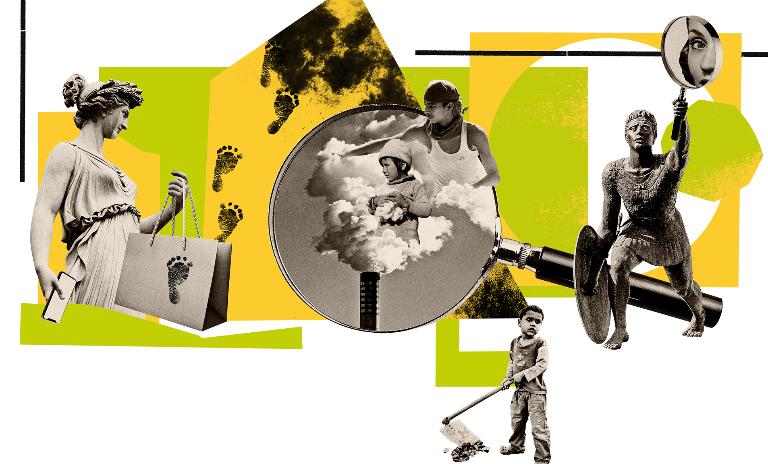
Plan for the long term
The path to sustainability may be a long and challenging one for some businesses. Companies will find it considerably easier to reduce scope one and two emissions, but large scope three emissions suggest business models that depend heavily on either suppliers or customers emitting large amounts of GHGs. "That may require a more radical rethink," says Ioannis Ioannou. "Large organizations in particular often find it hard to adapt to new conditions. In the past, we just let them die out. But with sustainability, we don't have an infinite time horizon. So unprecedented challenges require an unprecedented level of planning, cooperation and adaptation."
The coming decade could be decisive for the long-term survival of companies and entire industries. BP's annual report on the future of energy in September 2020 suggested oil demand may have peaked in 2019. In the same week, the company announced a $1.1 billion investment in offshore wind as it seeks to change the way it does business.
Technological development is fundamental to creating a more sustainable way of life. But innovation is no silver bullet. Rare earth elements are crucial for wind turbines, solar cells and batteries, but the extraction process pollutes soil and water, and demand is likely to outstrip supply. Data centers that power cloud computing now account for around 2% of all electricity use in the US. And global electronic and electrical waste currently amounts to approximately 50 million tons each year, more than all commercial airliners ever manufactured, with only 20% formally recycled.
Solving these problems requires businesses and governments to collaborate more closely, says Ioannou. "We still lack the right knowledge, experience and expertise to deal with a lot of these challenges. Companies can step up, but they cannot solve all the problems." With the clock ticking, the next two decades are likely to bring some of the most radical transformations ever witnessed to our economic mechanisms: decarbonizing energy systems, finding ways to feed a growing population without destroying nature and shifting to a more circular economy to reduce waste.

Communicate transparently
Awareness of sustainability issues among customers, employees, investors and regulators is increasing all the time. Greenwashing – when companies exaggerate sustainability claims – is still a problem, but it's becoming much easier to spot, says Tom Lawless, head of sustainability at communications agency Headland, which works with organizations like PepsiCo, the UN and B Lab. When it comes to environmental matters, businesses need to communicate honestly and transparently. More are doing so. The Economist recently analyzed emissions disclosures from more than 5,000 globally listed companies. In America, 67% of the S&P 500 now disclose what they release into the Earth's atmosphere, up from 53% in 2015; on the Euro Stopt 600, the number has almost doubled from 40% to 79%; and in Japan, it has risen from 13% to 46% of the Nikkei 225.
This is just one piece of the jigsaw, though. Fear and uncertainty can prevent businesses from communicating effectively, but it's important that all stakeholders, both internal and external, know what's going on. Increasingly, that should include educating consumers, says Tensie Whelan. "Too many businesses don't engage consumers with good messaging around sustainability. It's still 'buy, buy, buy,' but there's very little attention given to the true cost of what's being made." Consumer goods giant Unilever is one company that recognizes this. In June, it announced plans to label every single one of its 70,000 different products with details of the GHG emissions created from manufacturing and shipping. "An important step that others should follow," Whelan says.
"You can’t talk your way into a good reputation on sustainability."
How a company communicates on sustainability is tightly linked to its wider strategy around environmental governance. "You can't talk your way into a good reputation on sustainability, you have to act your way into it," Tom Lawless says. Business leaders should involve communications teams earlier than they probably think to see if a sustainability strategy meets the expectations of all stakeholders. "Where the strategy exceeds expectations – that's where you can enhance your reputation and where you should focus communications efforts." There can be numerous benefits to this.
Sustainable businesses are becoming increasingly attractive places to work, particularly among younger people. According to one 2019 US survey, nearly 40% of millennials said they had chosen a job because the company performed better on sustainability than the alternative. Investors, too, are paying more attention to the matter. A 2019 study of more than 40 global investment firms found it to be "almost universally top of mind" for asset managers. Show investors that you focus on sustainable, long-term value creation and you will ultimately lower the cost of doing business, Lawless says. "That's very different to just thinking about a short-term marketing bump."

Why business needs a green agenda
![{[downloads[language].preview]}](https://www.rolandberger.com/publications/publication_image/ta_33_001_en_cover_download_preview.jpg)
Think:Act magazine explores how vital sustainability is for all of us and why businesses need to think and act differently from now on.


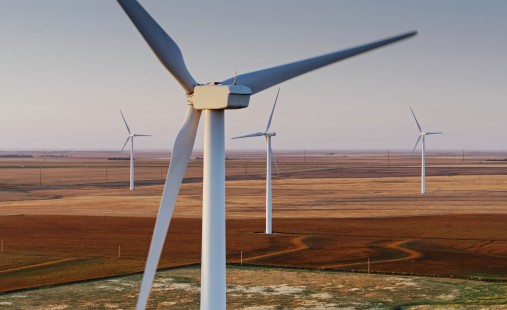
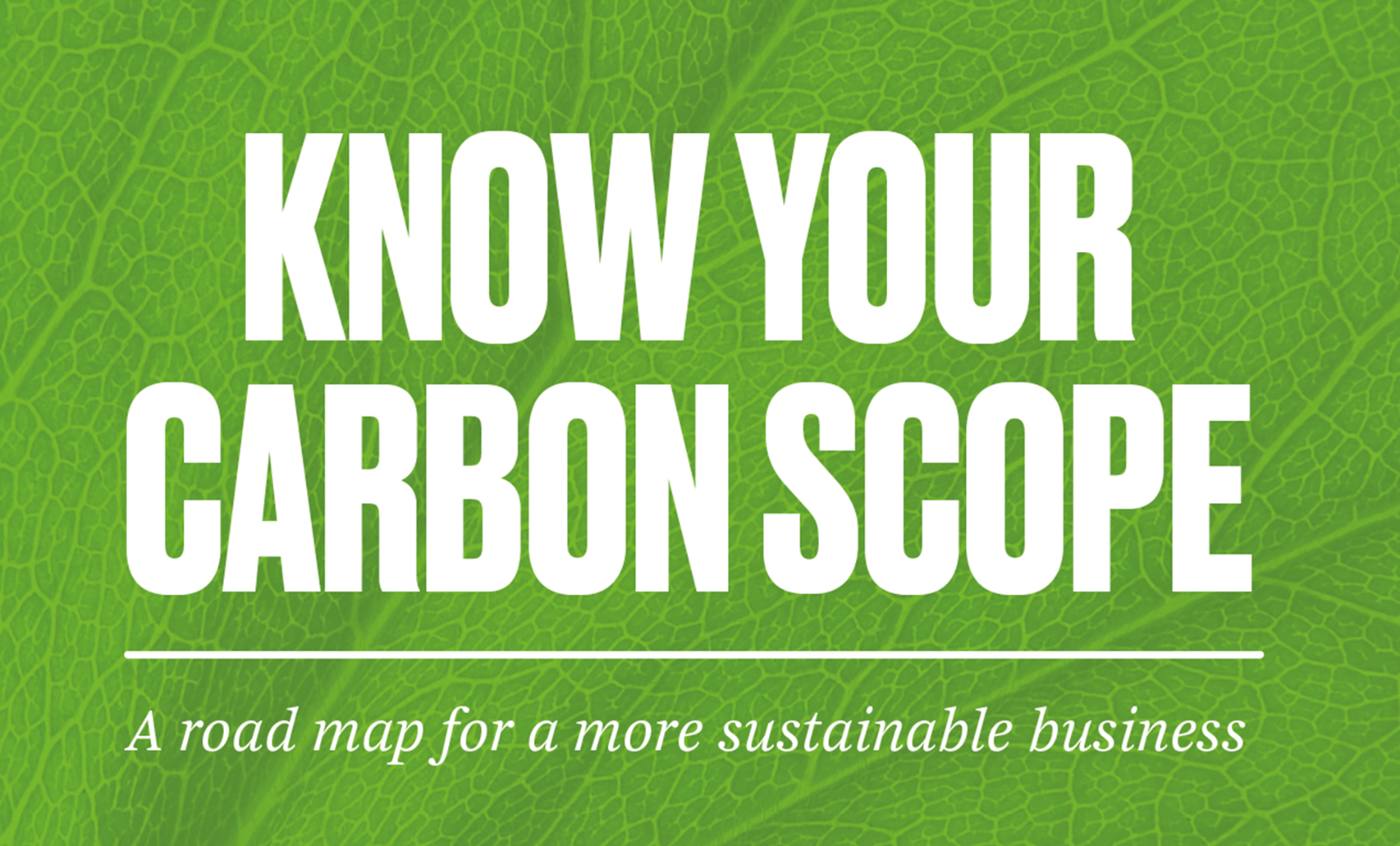
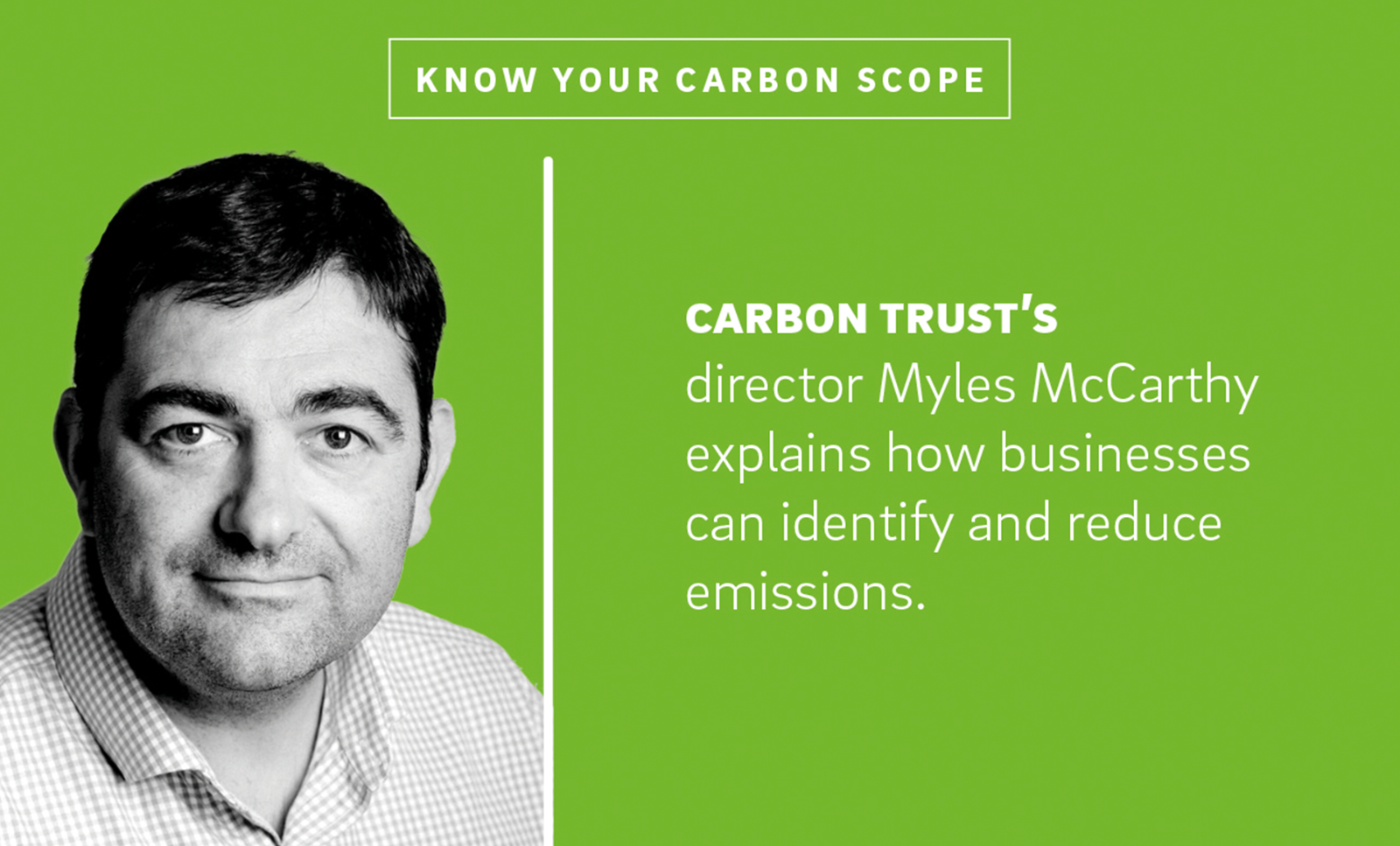
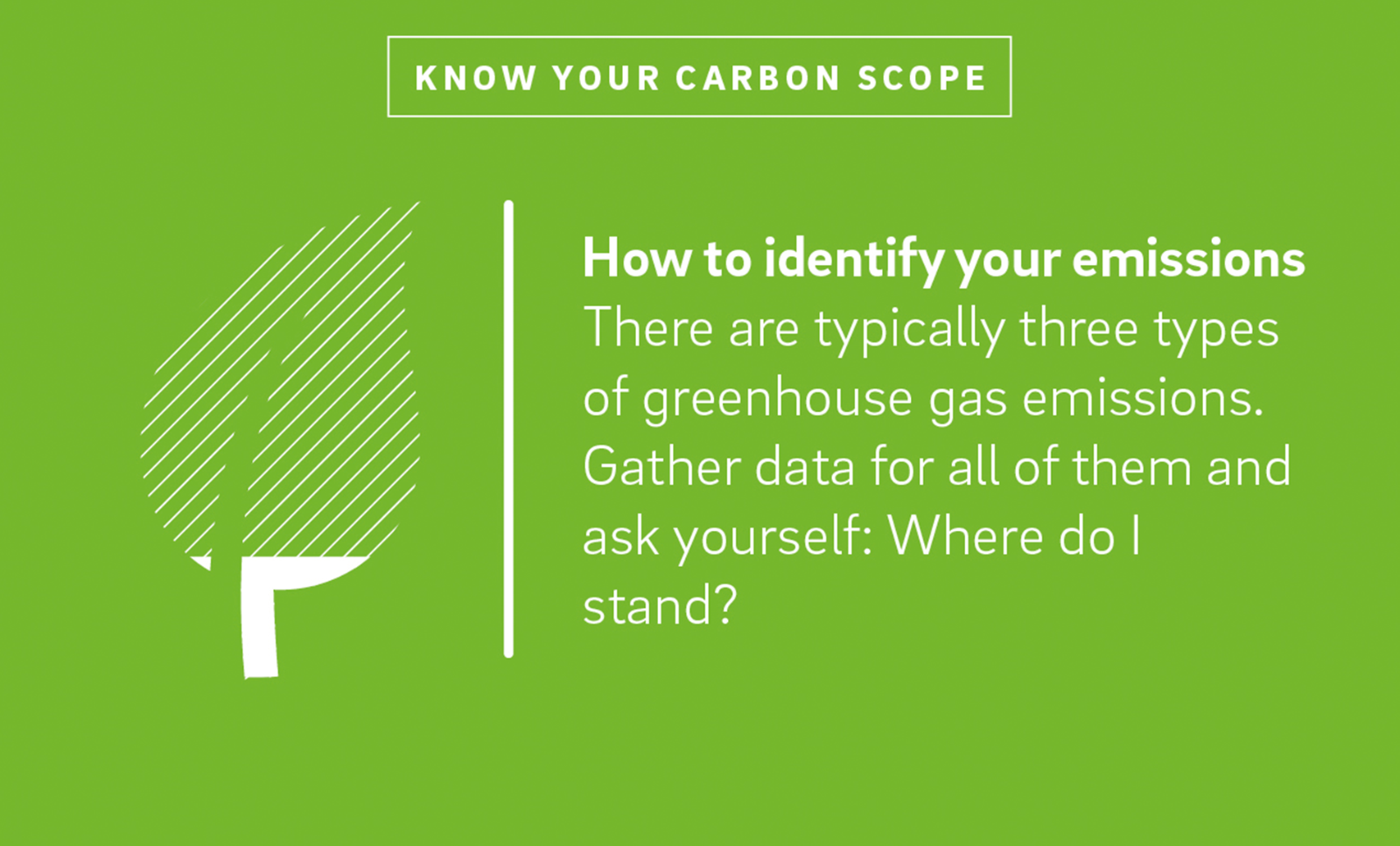
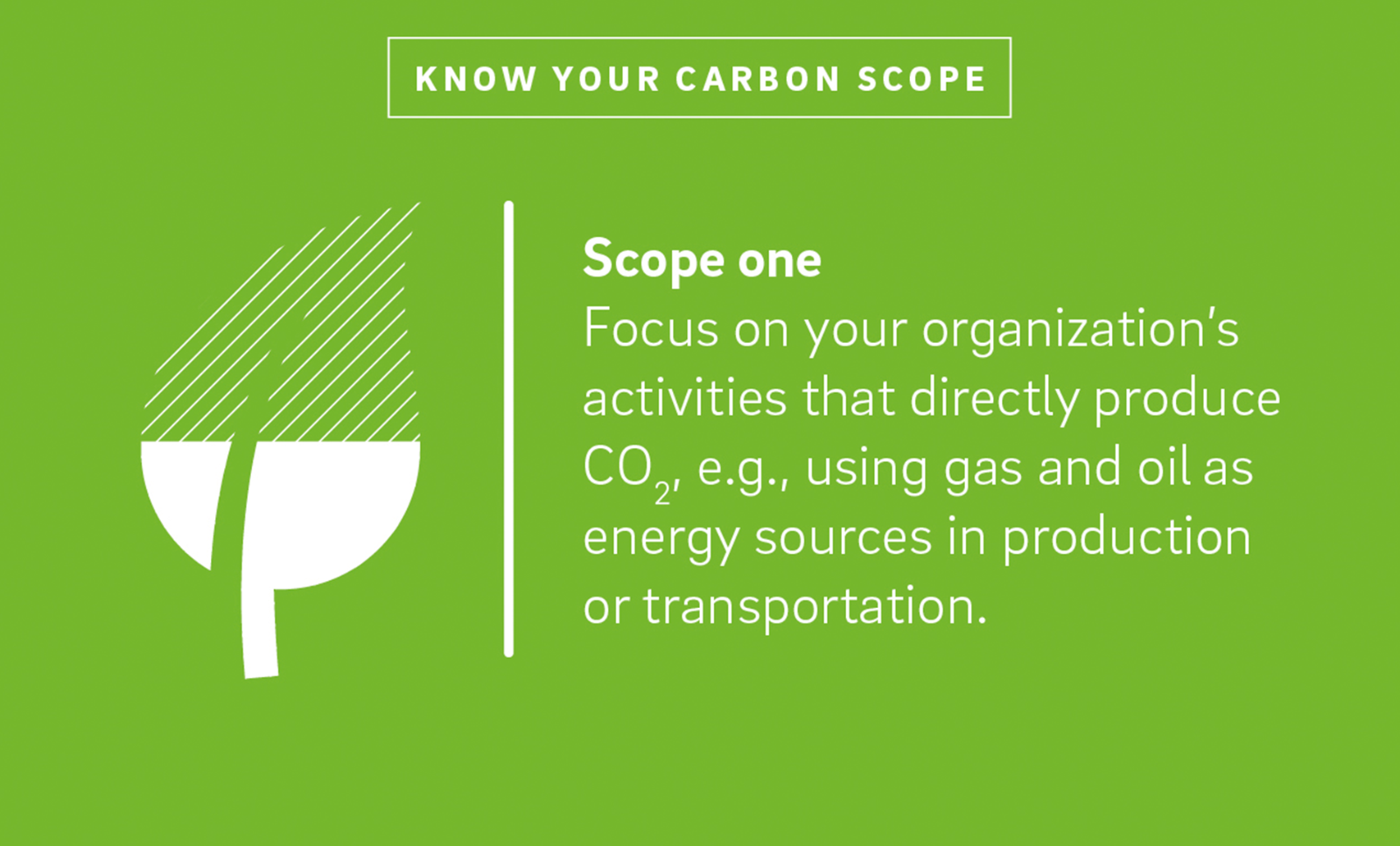
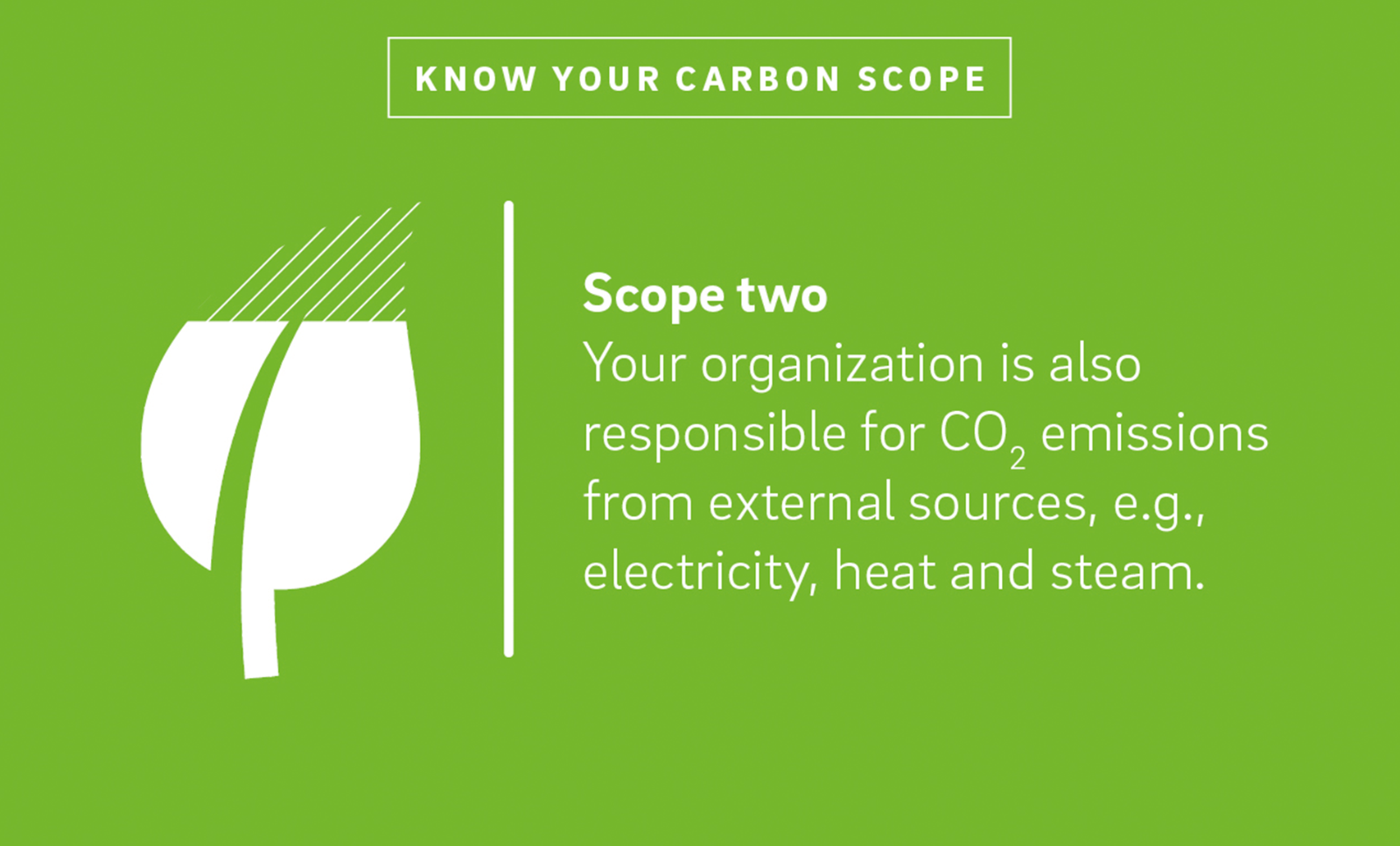
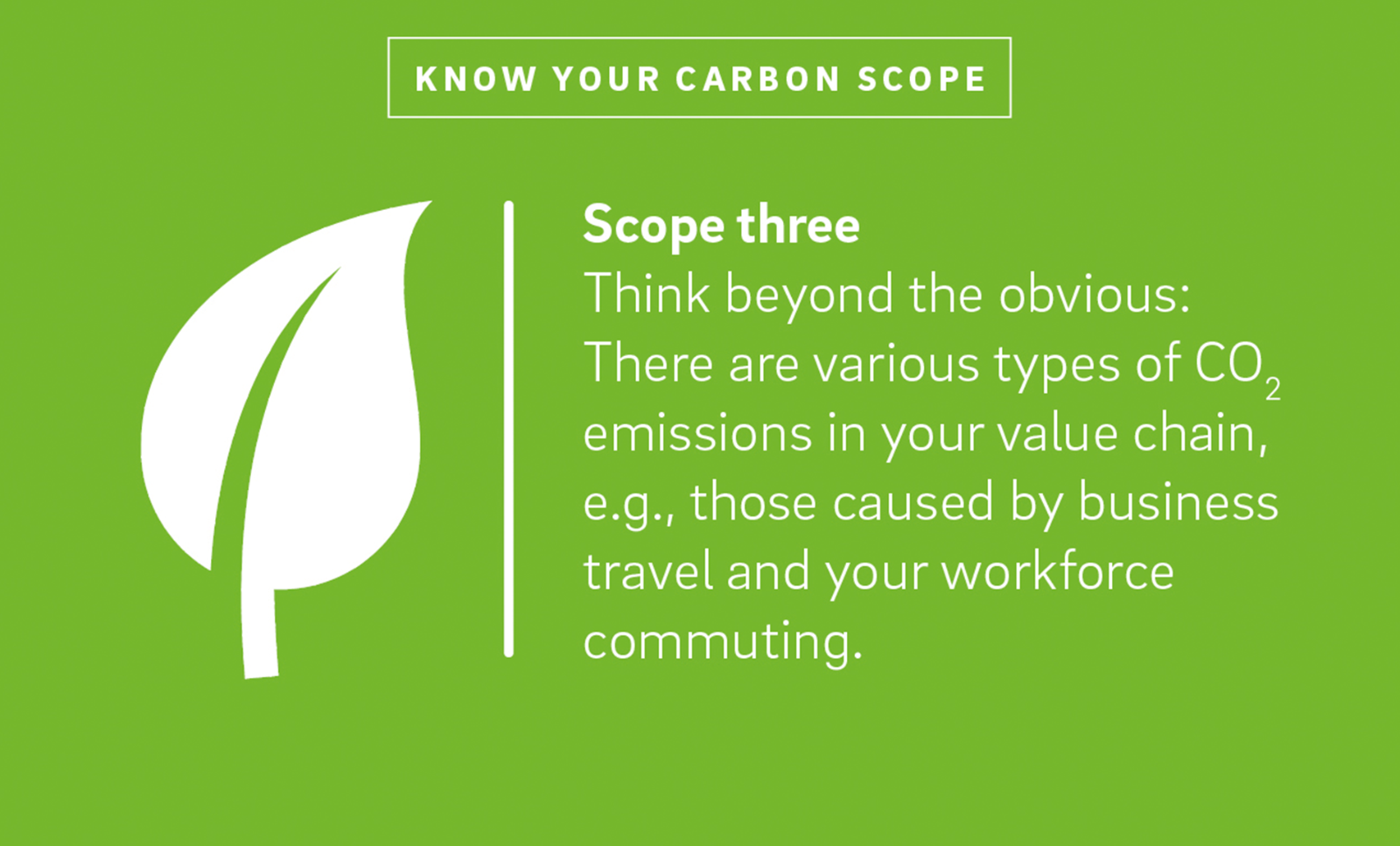
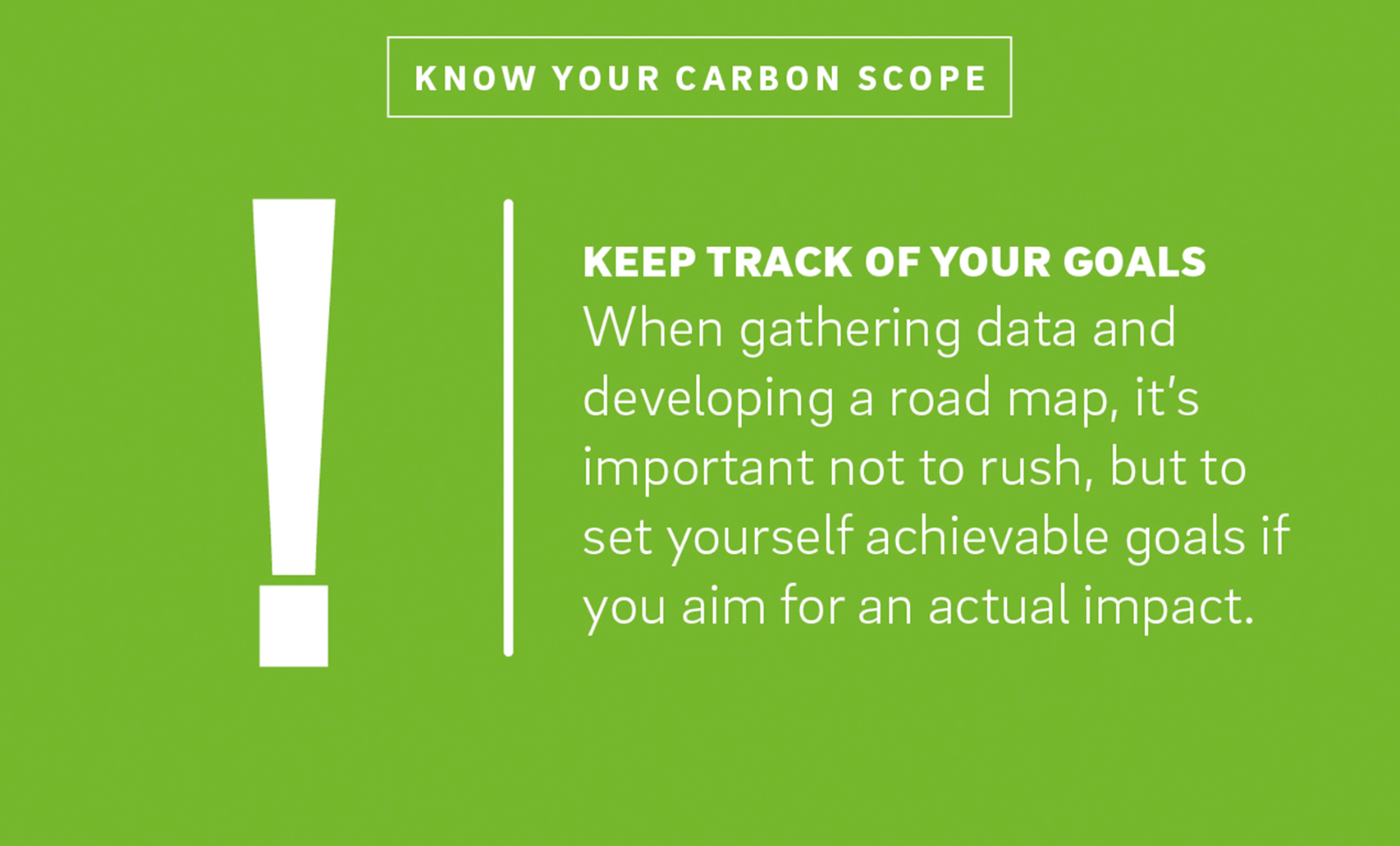

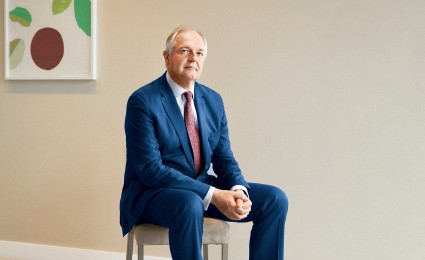





_ST_image_caption_none_tile_teaser_h260.jpg?v=770441)